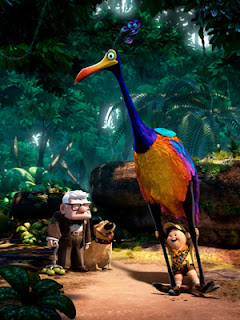DreamWorks Animation SKG, inc.
For our groups Children's film project, we want to go down the route of animation but we were not quite sure which style of animation to do. So we decided to each do research about a particular type of animation, mine being that of which is done by the company DreamWorks Animation SKG, inc. (DWA), their most successful animations being The Shrek series, The Madagascar series and Kung fu Panda. They specialise in CGI films which may be difficult for work in a classroom as the technology they use is worth millions.
DWA specialise in U films and PG films but mainly U films because they make films brightly coloured and want to appeal to the a big film target audience, children. They are a good company to study therefore, as what they do year in year out is what my group aim to attempt but on a smaller scale. The classifications are important for DWA as they do not want to ruin their image as a family brand.
Photos from several successful productions from DreamWorks Animation SKG, inc.
































